Bend, don’t break: Andy Murray finds freedom in flexibility training

Don’t expect training for tennis to prove easy, says Andy Murray.
“With tennis, the thing is you need a little bit of everything,” Murray says. “You need to understand your game and what your game needs.”
Training has evolved for Murray over his career, shifting from his days as a scrawny junior trying to hit with the big boys on tour to now knowing the limits of his 29-year-old body and the balance between on-court preparation, rest, intense workouts and the most recent addition to his regimen: flexibility.
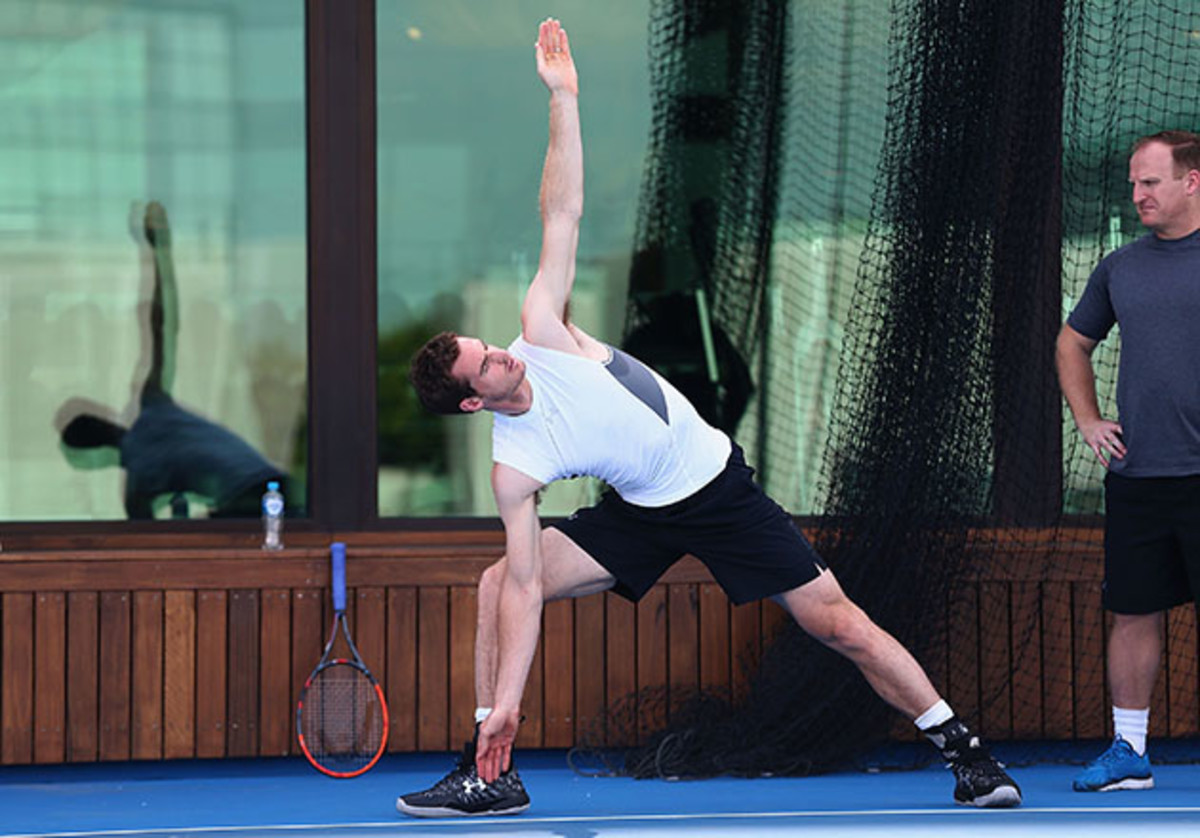
“Since I had my back surgery, I had to work on my flexibility and I have very stiff hips as well,” he says about working with gyrotonics coach Teresina Goheen. “I have had to work a lot on that too. It not only helps my tennis, but improves the quality of my life as well. My back was sore all the time and now it is way better.”
Gyrotonics, Murray explains, resembles Pilates, but with a focus on rotational work to improve flexibility and core strength. “The stuff I do, I don’t think I could compete at the level I do without the flexibility work,” he says. “My body was just hurting and I wasn’t enjoying what I was doing.”
By working in flexibility, Murray has created more freedom of movement for on-court points and for when he trains, which also reduces soreness following a match. “I wish I had done this when I was younger,” he says. “I wish I had done more. I focused on other stuff and that was the thing that got missed. When I was 19 or 20 I could train hard and wake up the next day and feel fine. In my mid-20s, when on tour, things start to hurt a bit more and it is not as easy.”
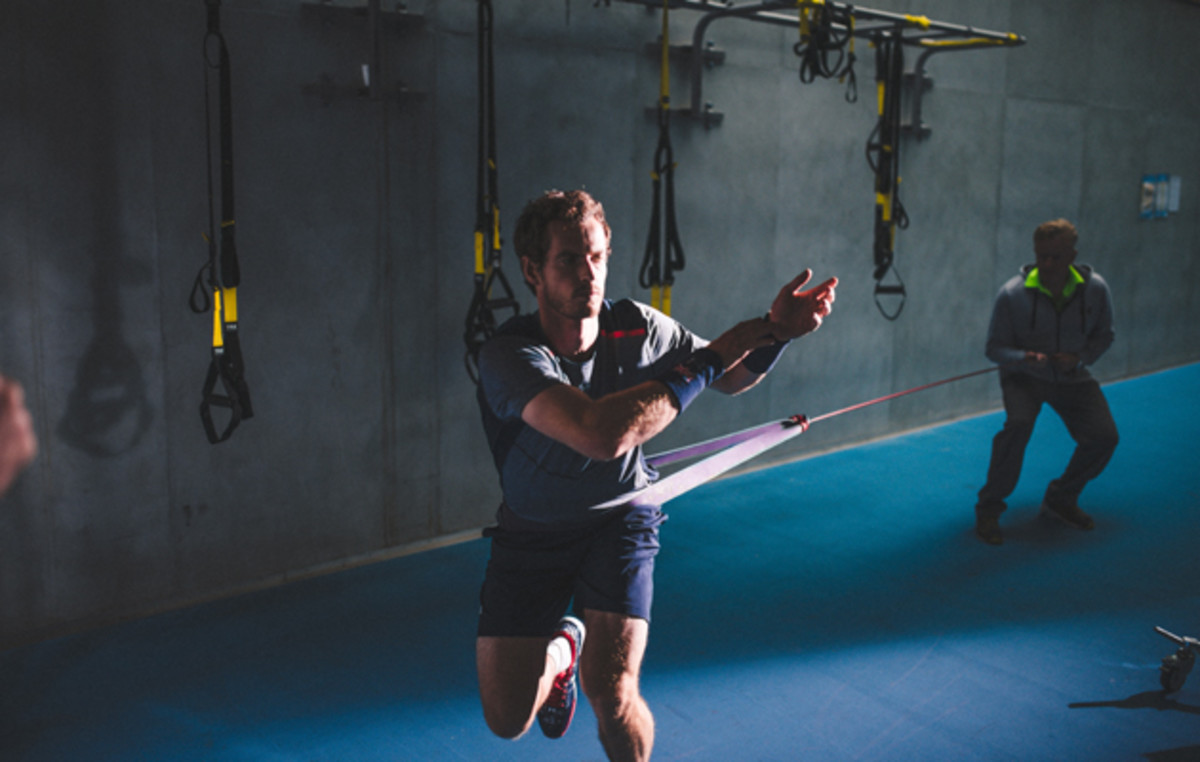
But flexibility isn’t the only thing Murray uses to prep for the big matches of his career. When younger, he would train heavily even when in a tournament, simply because he needed to. “When I first came on the tour, I wasn’t particularly strong,” he says. “When I was growing up and going from juniors to seniors it was a big change. Going against grown men and the game had become more physical.”
Now the in-tournament work he does remains purely on his game. Those weeks without a tournament, though, that gives him time to hit the gym.
• Worple Road to Church Road: History of the Wimbledon grounds
And that’s where understanding your game defines your workouts. “My game is speed and anticipation and long rallies,” he says. “Some of the guys who player shorter, quicker points need to do explosive stuff. I do a little bit of everything; there is not one thing I focus on. You need the speed. But you have long rallies as well, long matches, so you need the endurance. And strength. When we stop we are putting three times our body weight through the joints, so, yeah, you have to do the strength and weight training as well. It is not that easy a sport to train for.”
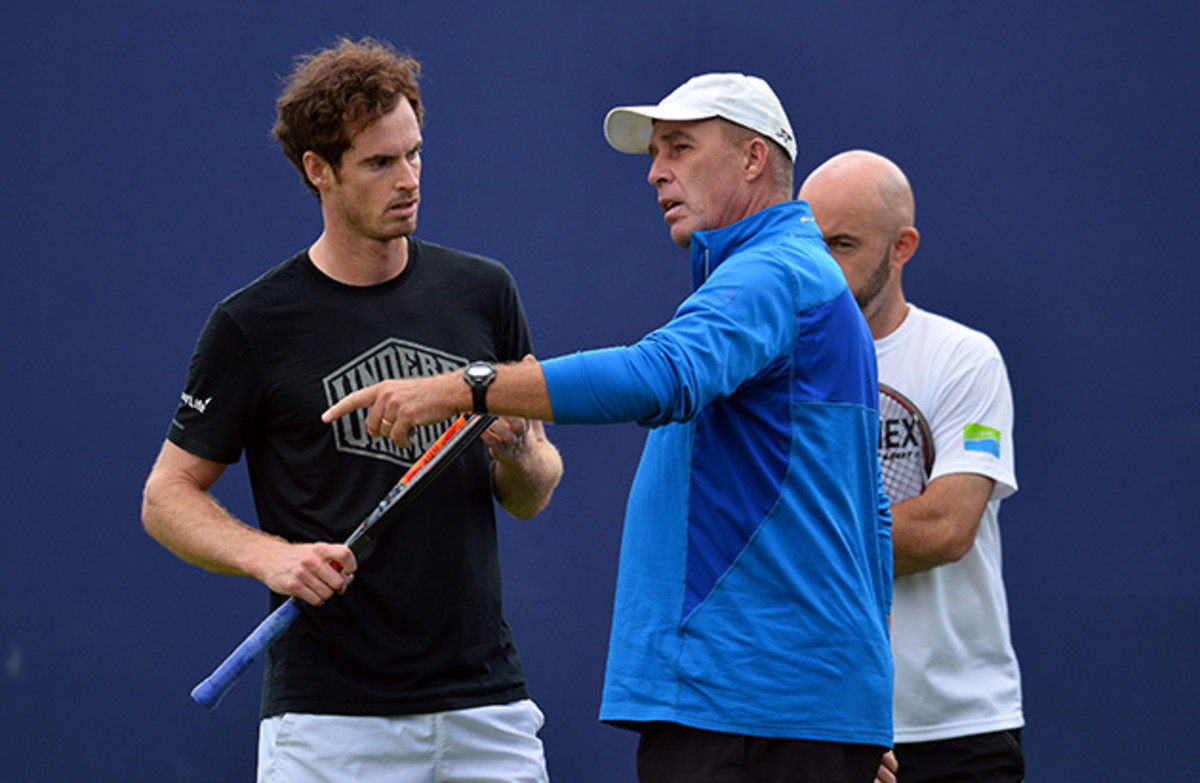
Murray’s team consists of Goheen, along with physios Shane Annun and Mark Bender and strength and conditioning coaches Matt Little and Steve Kotze, who help him through various exercises during a workout. When he was younger, Murray would hit the track with 400-meter repetitions, a tough workout he struggled with. But he found that as he aged, it become counterproductive to keep up the 400s when he was waking up sore and hurting, already a set back for the next day. Instead, now, for the cardio—the part of working out he loathes—he hits the Versaclimber.
“Yeah, to be honest, cardio is always the thing (I don’t enjoy),” he says. “Weight training, core work, I’m pretty good at that. The cardio, the interval training, those two things I find the hardest.”
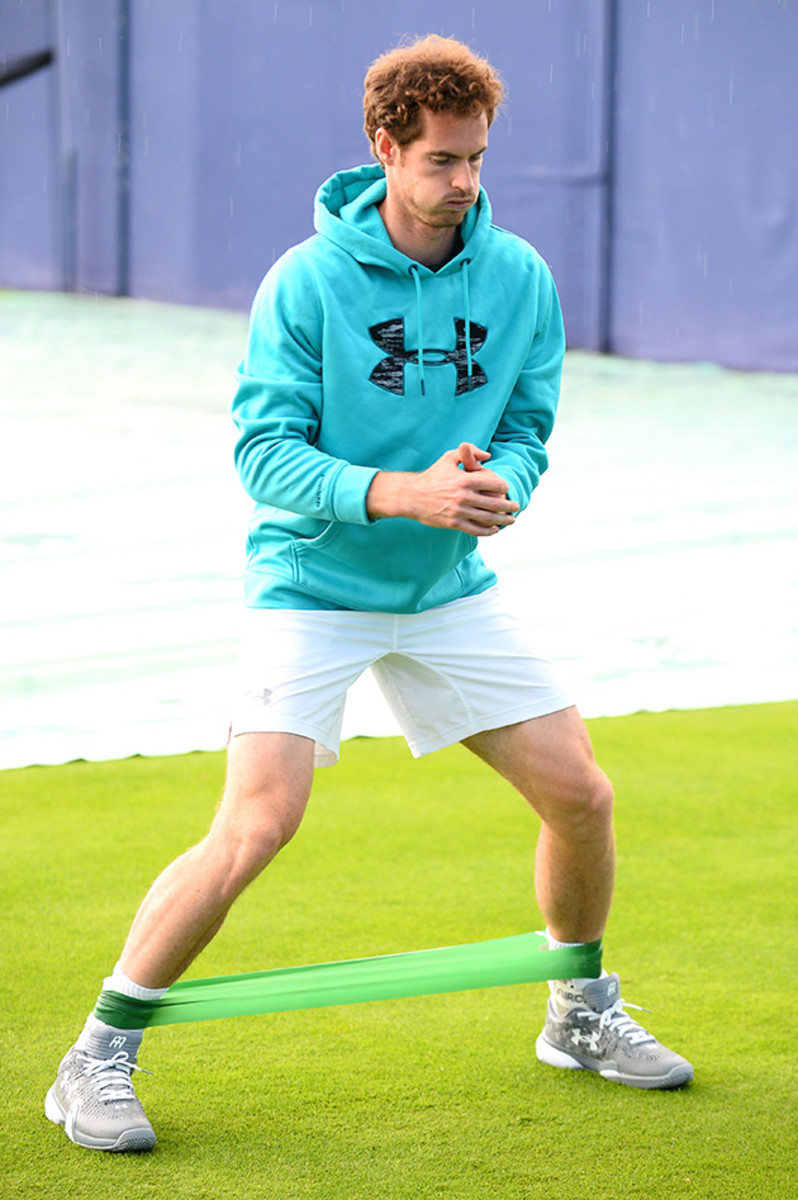
Training in-seasons requires Murray to prepare for tournaments on different surfaces. Ahead of this year's French Open, Murray traveled to Spain for a week training block where he spent two to three hours on the clay courts and then another 60 or 90 minutes in the gym. Before he hits the court, though, he’ll always work through an hour of flexibility, paying extra attention to his shoulders.
Within the tennis session, Murray has the option to increase the time on the court to shift in some of the typical gym exercises, sometimes doing interval training on the court with tennis-specific movements or using medicine balls. If he’s doing a cardio session in the gym or hitting the weights, he’ll shorten the tennis session to allow ample time for rest and recovery.
• Mailbag: 7 thoughts on Sharapova's suspension, ITF tribunal report
With all his physical preparation and on-court tennis, there’s one more element Murray doesn’t want to neglect: his mind. As he’s seen success over his career, he still has plenty of motivation for the big matches, the ones at the end of tournaments against the biggest stars for the biggest prizes. But there are so many other matches throughout a season, or a tournament.
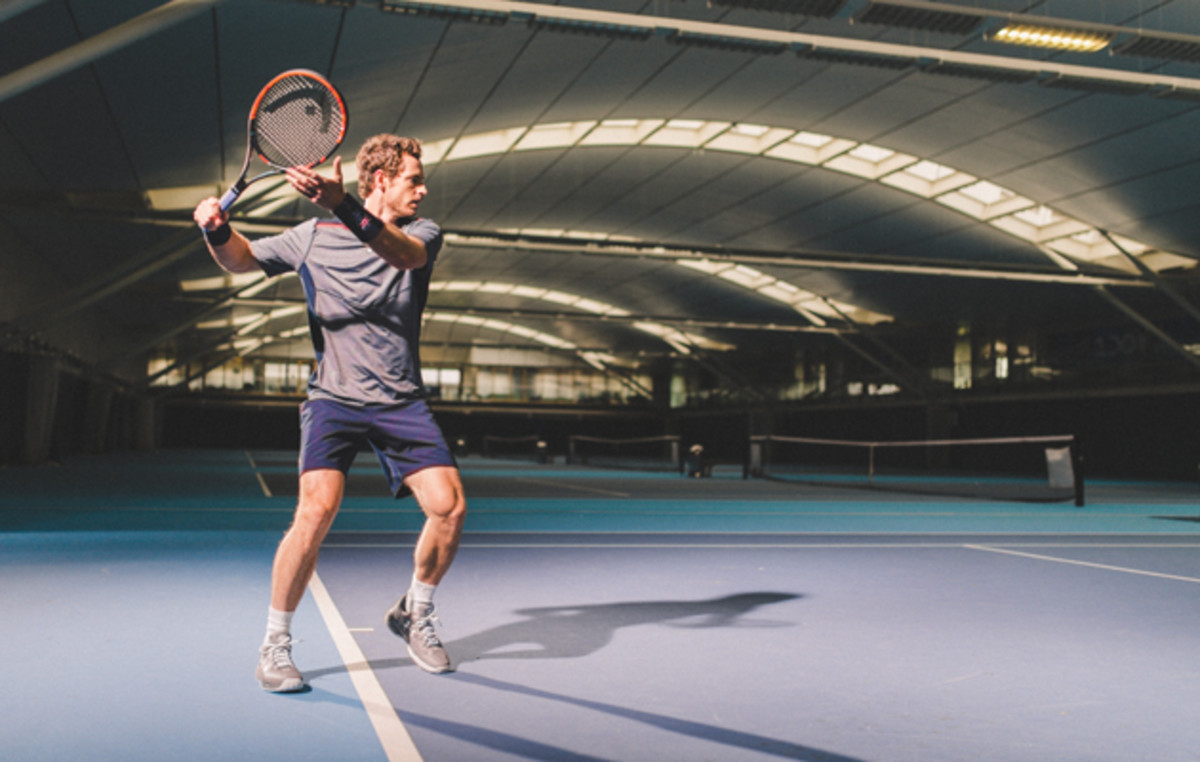
“When you are playing in the first and second round of tournaments you play the same tournaments every year and now I’ve been playing the same events for 12 to 13 years,” he says. “I need to make sure I keep myself motivated and mentally prepare for those matches almost more than the bigger ones. That’s what motives me now is winning the big events and playing the best players. It is easy to come out flat when the atmosphere is not the same. I need to concentrate.”
Murray will meet with a psychologist to prepare, sometimes every few days during a tournament. He then brings that preparation with him on the court.
“I often take notes onto the court with me and go through them on my own and write them down,” he says about the reminders he’ll write out and review 30 minutes before he takes the court. “Sometimes it is tactics. Sometimes it is more cues to remind me to focus better and stick to a game plan better.”
Tim Newcomb covers sports aesthetics—stadiums to sneakers—and training for Sports Illustrated. Follow him on Twitter at @tdnewcomb.
